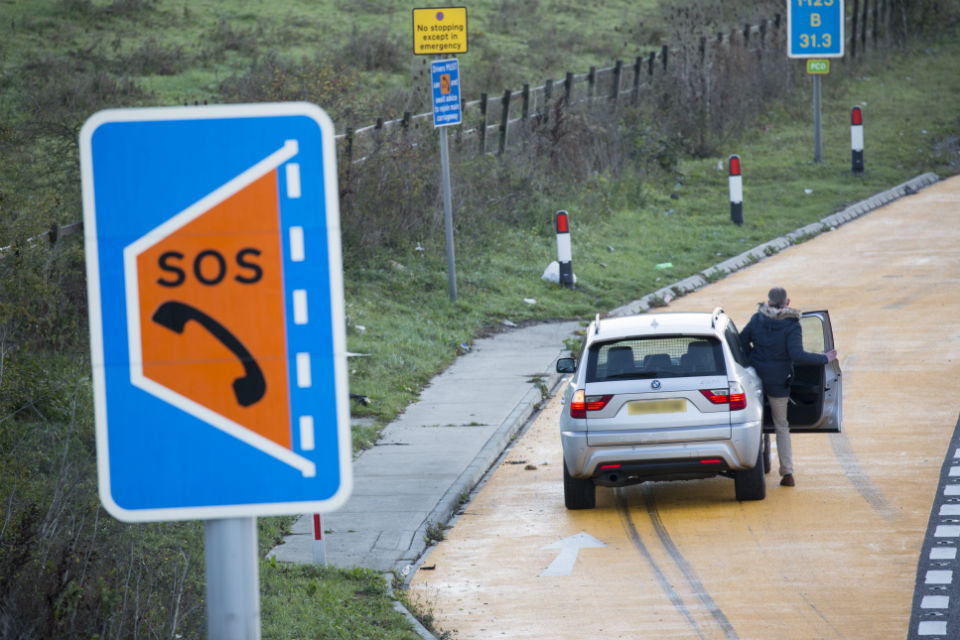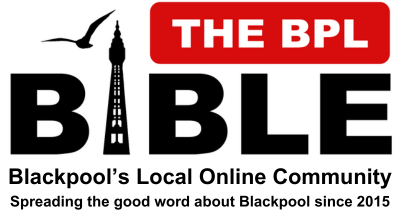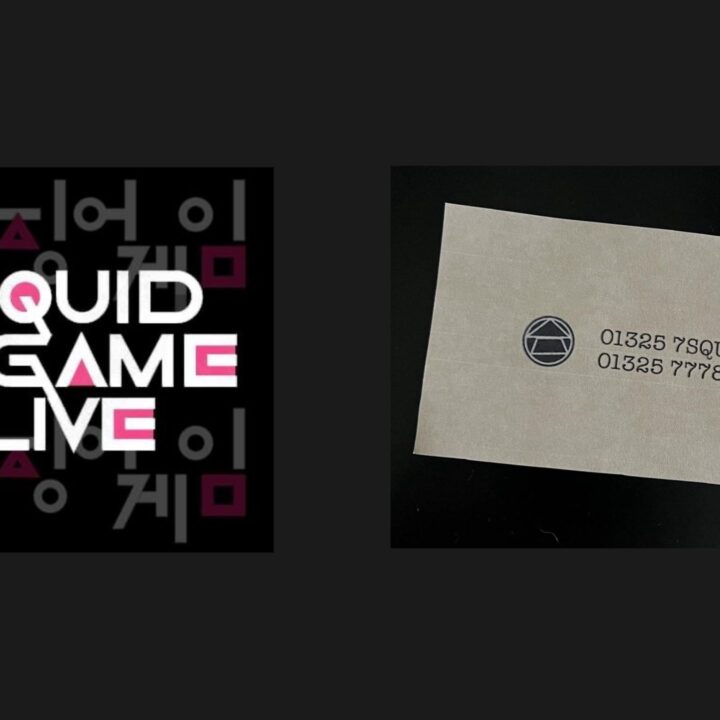This article is sponsored by local vehicle recovery and transportation firm Alpha Car collections.

Smart motorways make up around 400 miles of our motorway network already, but road users are at risk by not knowing how to use them properly as 38 people have been killed in the past 5 years using smart motorways.
This has sparked fears that these motorways are not safe – especially when the hard shoulder is being used as a live driving lane.

What you to do if you break down on a smart motorway
The advice from the Highways Agency is to get off the motorway immediately.
Look out for blue signs at the side of the carriageway.
These blue signs have an orange SOS symbol and are regularly spaced emergency areas.

This is where you need to get to if you can.
On average, drivers travelling at 60mph should pass a refuge point every 75 seconds, roughly.
At these points is a phone to contact the Highways Agency to notify them that you have broken down.
If you are unable to reach one of the emergency areas, you should pull your vehicle in as close to the nearside (left hand) verge as possible, or the closest slip road.

Ensure that you switch on your hazard lights and side lights or fog lights if visibility is particularly low.
Everyone in the vehicle should get out and get on the other side of the safety vehicle, away from the broken down vehicle and away from traffic.
If you are not able to get out of your vehicle, everyone inside should keep their seatbelts on with hazard lights and contact the police using the 999 emergency number immediately.

Smart motorway technology is supposed to assist quickly and close lanes with the use of CCTV cameras monitoring the stretches of motorway.
There has been a lot of opposition to smart motorways since they were first introduced.

The transport secretary has announced that no more smart motorways will be opened until a government safety review has been completed.
More to follow tomorrow.






